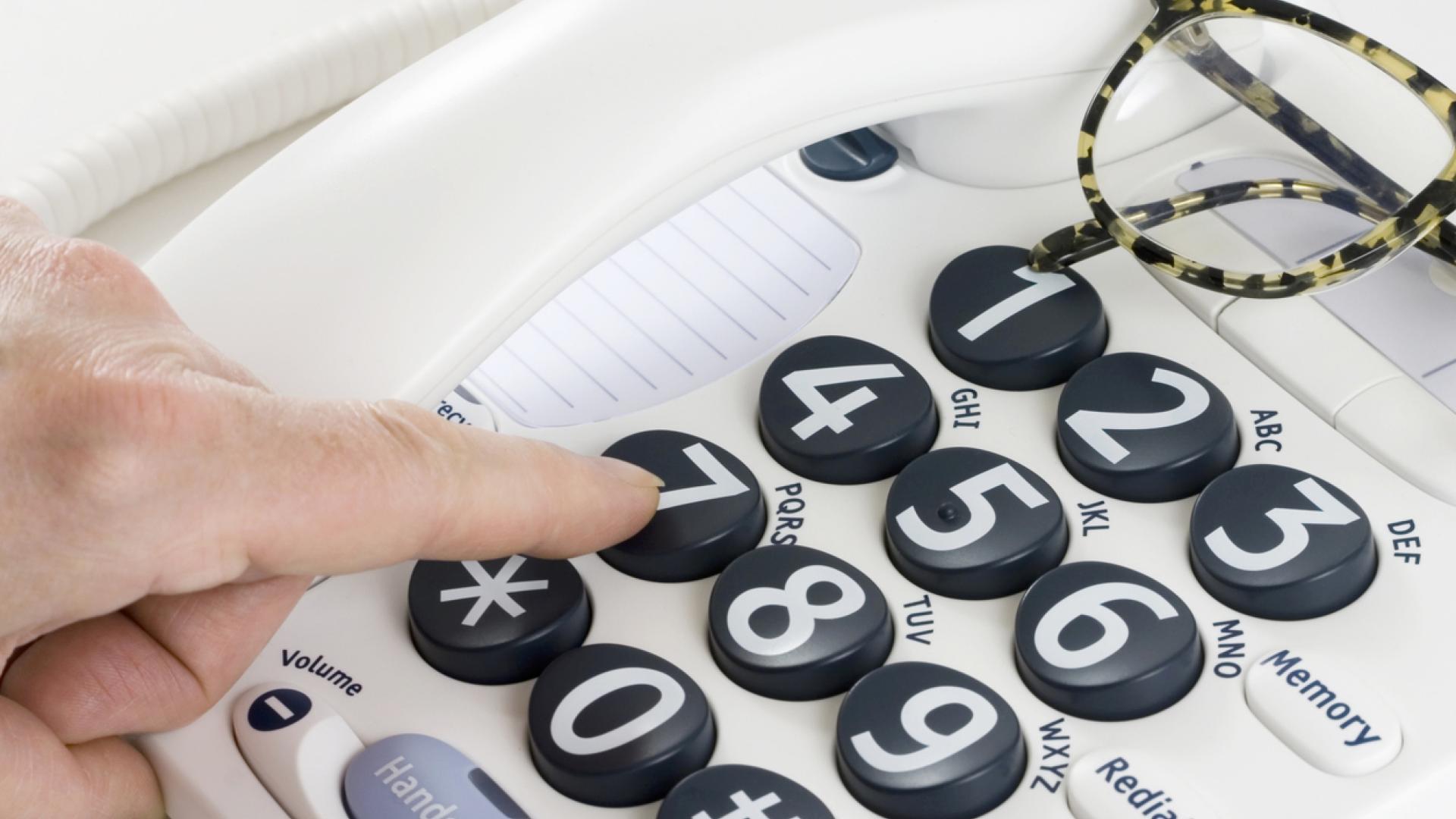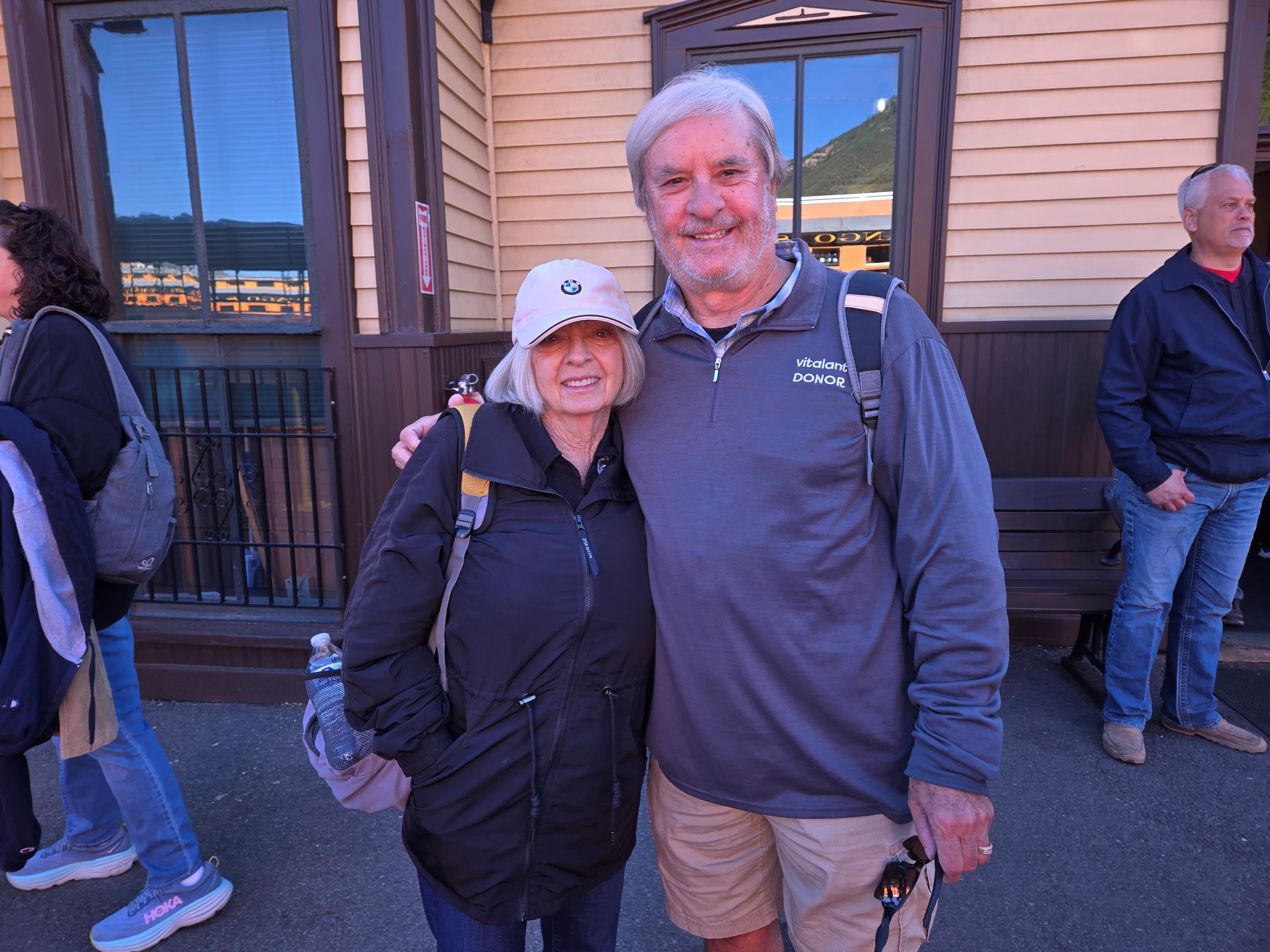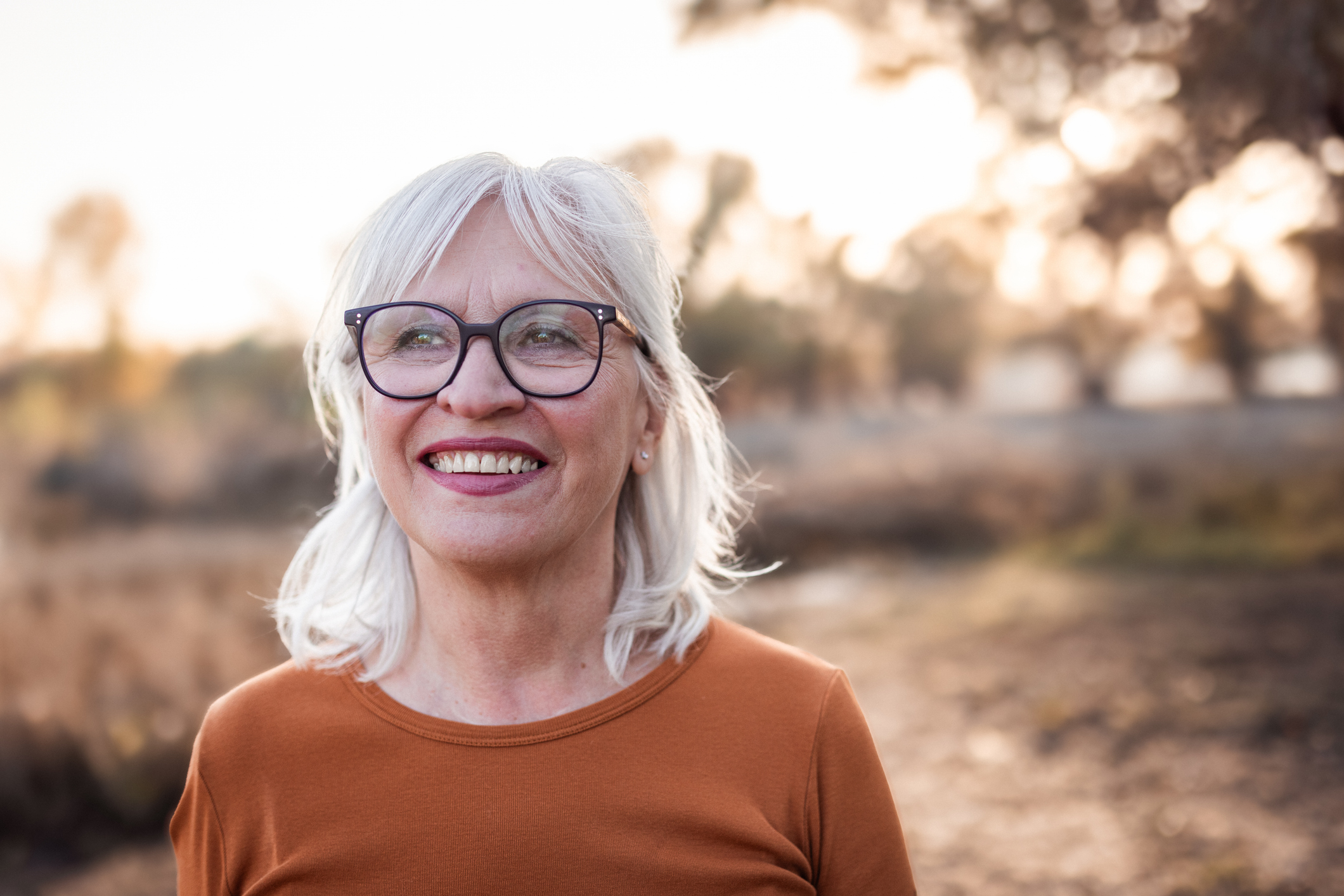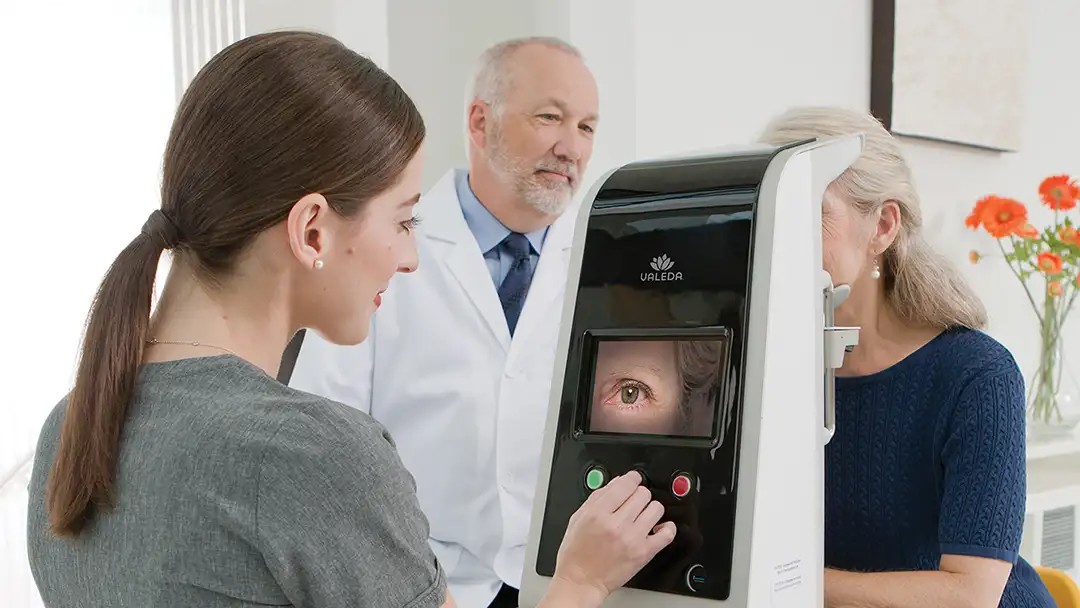
There a number of ways to maximize the use of vision, even if it is impaired by disease. There is no single approach that works for everyone; needs differ depending on the type of eye disease, general health, and personal preferences.
There are optometrists who specialize in low vision and can work with each individual to find the best possible set of techniques and equipment. In addition, specially trained occupational therapists can come into the home, observe the specific challenges, teach techniques, and recommend special equipment.
Eyeglasses
It is critical that eyeglass prescriptions are as good as possible—ideally prescribed by a low vision specialist optometrist. Special reading glasses with built in prisms provide a high level of magnification and sometimes yellow-tinted lenses can help increase contrast.
Lighting
Increased lighting can help too. An “architect’s lamp” with a bright broad-spectrum white light that can mount on a desk, and be moved to the best location and angle can often help with reading. Install under-cabinet lighting and extra lighting in hallways and on stairs. Blinds and curtains will help control glare, when necessary.
Electronic Devices
Electronic devices are also useful tools. These typically take an image of small print and magnify them on a computer-like screen. They can be hand-held or desktop units. Computers can modify the size of the type or image and can be adjusted using commands in the software. Also, most devices allow for brightness and color balance adjustments.
Increasingly, devices such as smart phones will respond to voice commands. This is very helpful for people who can’t see the screen. There is also software that will convert voice to type or vice-versa. Many books and newspapers are now available in audio format and available from a local library or by mail order.
Modifying the Home
The risk of falling should be minimized. Adaptations in the home, such as good lighting and level floors, can be very helpful. Precautions such as holding someone’s arm or use of a cane should be taken whenever they would be helpful. Asking for help is much better than falling, and many people are happy to help.
Be especially careful on stairs. Make sure there is plenty of light, especially on the top and bottom steps (or paint them in contrasting colors). Install handrails on both sides and consider marking the edges of steps with bright tape.
Use the array of available household items designed for those with low vision: clocks, watches, and telephones with large letters; “talking” scales and tape measures; special safety cutting devices; and large print labels for medications, grocery items, etc.
Special Benefits
The visually impaired are often eligible for special benefits, especially if they are certified as legally blind (vision of 20/200 or worse in both eyes or a visual field of 20 degrees or less). These may include social security benefits, tax exemptions, or identification cards to use in lieu of a driver’s license when proof of identity is required. Local organizations may also offer help such as rides to doctors’ appointments.
About BrightFocus Foundation
BrightFocus Foundation is a premier global nonprofit funder of research to defeat Alzheimer’s, macular degeneration, and glaucoma. Since its inception more than 50 years ago, BrightFocus and its flagship research programs—Alzheimer’s Disease Research, Macular Degeneration Research, and National Glaucoma Research—has awarded more than $300 million in research grants to scientists around the world, catalyzing thousands of scientific breakthroughs, life-enhancing treatments, and diagnostic tools. We also share the latest research findings, expert information, and resources to empower the millions impacted by these devastating diseases. Learn more at brightfocus.org.
Disclaimer: The information provided here is a public service of BrightFocus Foundation and is not intended to constitute medical advice. Please consult your physician for personalized medical, dietary, and/or exercise advice. Any medications or supplements should only be taken under medical supervision. BrightFocus Foundation does not endorse any medical products or therapies.
- Lifestyle









